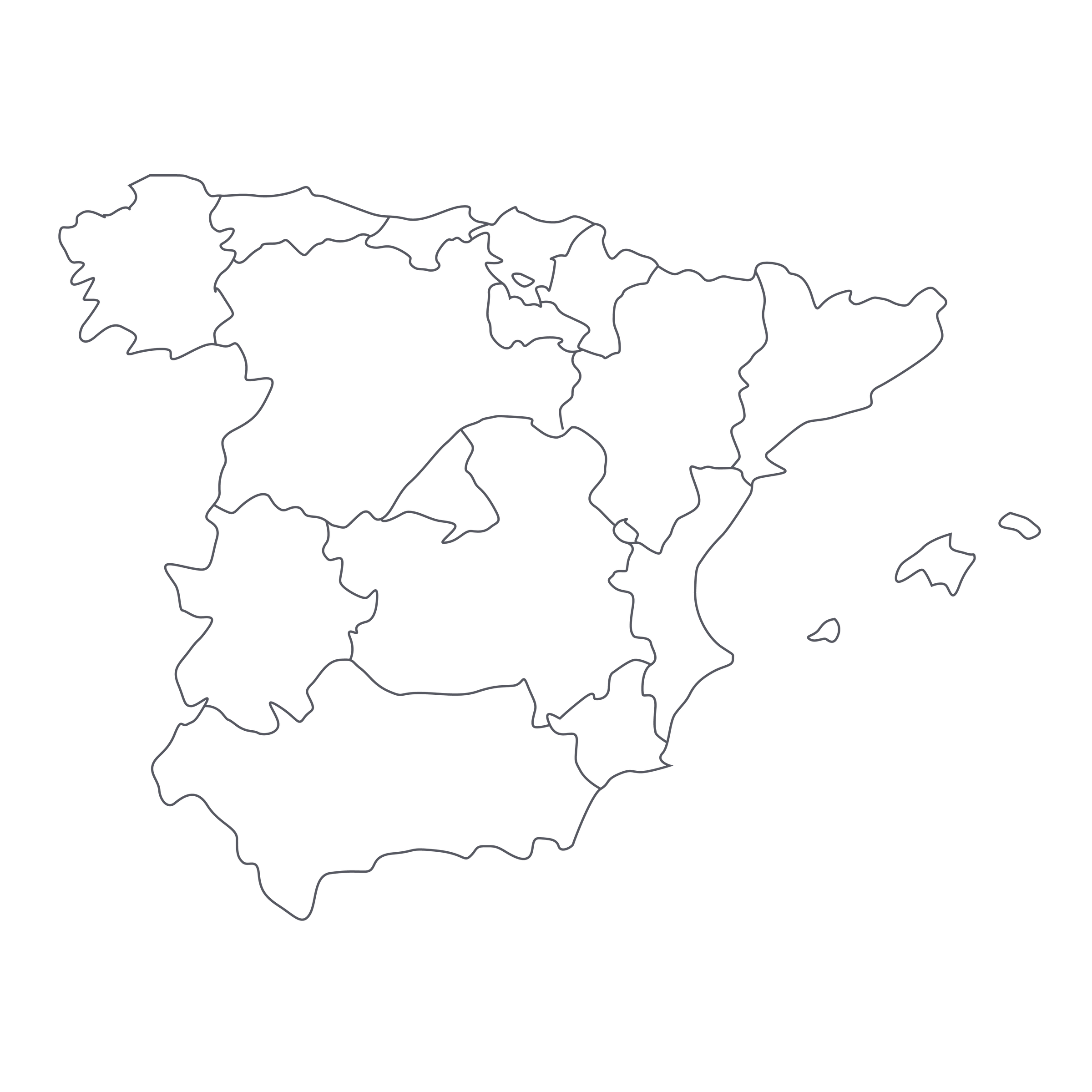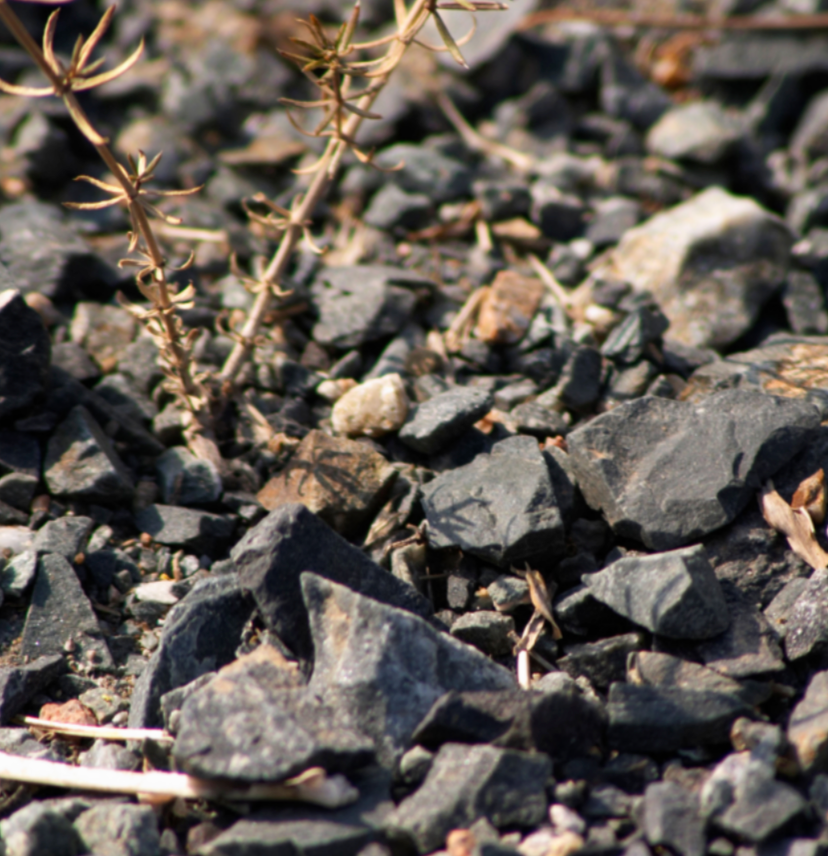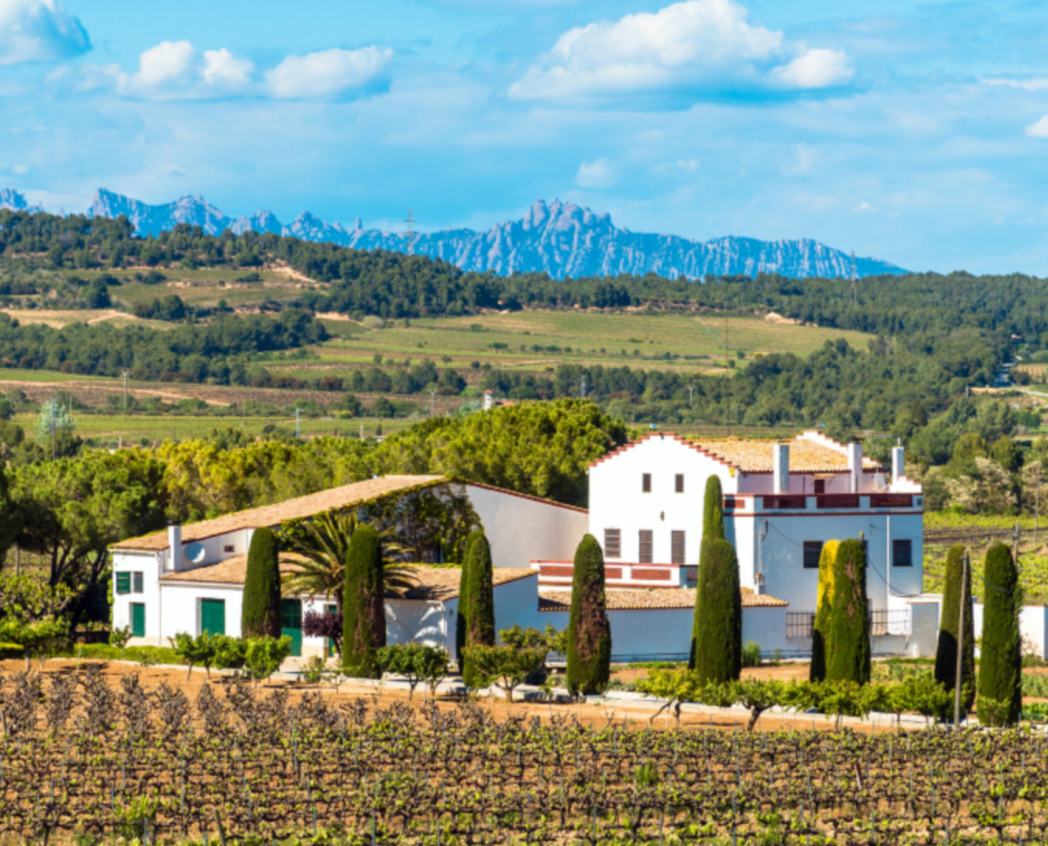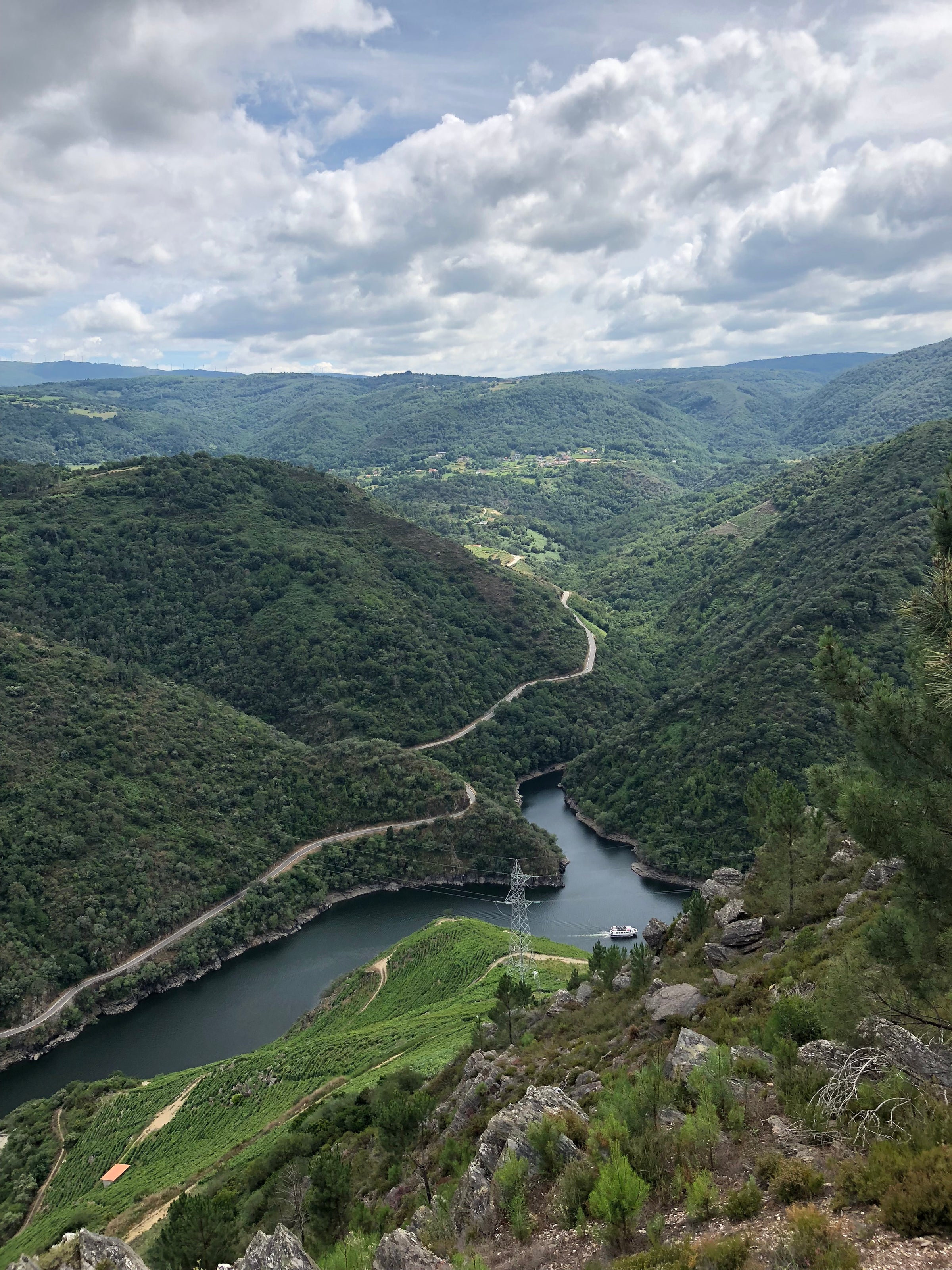When it comes to historic Galicia, I have an unquenchable craving for the rare gems of Luis Anxo Rodríguez Vázquez, but that shouldn’t surprise anyone who’s had their finger on the pulse of Ribeiro. Critical buzz has framed these mind- and region-bending wines as the “Burgundies of Spain,” which has consequently generated impossible demand for boutique, old-fashioned producers like Luis Rodríguez. He has stolen the show when it comes to his extraordinary whites and each deeply sophisticated release reconfirms the claim that Ribeiro can exist alongside France’s elite.
Sourced from steep terraces, raised with native yeasts, and generously aged before a micro-release, today’s 2017 “Os Pasás” is (1) a fascinating homage to Galicia’s native grapes and (2) an exceptional addition to a cellar furnished with Europe’s most buzzworthy labels. As for the white Burgundy analogy? I liken this to a nervy yet gloriously textured Premier Cru Chablis and, in case you don’t make it to the tasting paragraph, let me be very clear: this wine needs air—lots of it. It’s reticent at first but treat it to a 60-minute decant, splash it into large stems, and enjoy over two days and you’re practically savoring a salty, top-shelf white Burgundy. Grab up to six bottles of this limited gem while you can.
These wines are not only exceptional in quality; they are also remarkably diverse in style. Depending on the cuvée and vineyard sources, Luis covers the spectrum from lean and mineral white (this wine), all the way up to powerful and mouth-filling red, and seemingly everything between! Luis farms just five hectares spread across some 100 parcels in the rural Galician village of Arnoia. These “micro parcels” hug sandy, granitic hillsides at 300-1,000 feet elevation and offer a diverse mosaic of soil characteristics, all of which are brilliantly delineated in the estate’s final cuvées. After studying viticulture and enology at the esteemed University of Madrid, Luis worked and traveled extensively across the great appellations of Europe—and logged many hours in Burgundy—before bottling his first vintage in 1988. Almost three decades later, Luis' one-man show has earned a singular status in the Ribeiro region.
“Os Pasás” is brought to life mostly through Treixadura with blending components like Albariño, Lado, and Torrontés planted throughout a number of terraced sites. Each harvest, the clusters are picked by hand and the juice is pressed into stainless steel where it’s raised with wild, airborne yeasts. The wine remains here, aging on its lees, for an entire year before being racked into bottles. It then continues integrating in the cellar for an additional year.
Luis’ wines get snatched upon release in the US, so we’re incredibly fortunate to share this small parcel with you today! This 2017 is built on a bed of pure minerals. It’s racy, high in acid, and reverberating with wet stone, maritime fossils, and crushed granite. But, as mentioned above, in order to extract the most out of this wine, we recommend a lengthy decant—at least one hour preferably—and serving in your largest Burgundy stems around 50-55 degrees. It’s chock full of terroir and brimming with a crystalline backbone of green apple skin, underripe apricot, green mango peel, lemon blossoms, seaspray, melon skin, tangerine zest, and a hint of honeysuckle. The more you allow oxygen into this wine, the more broad and textured it will become—all while keeping its blindingly bright mineral-dominated core. Enjoy a few now over the course of two days and preserve your others for consumption in 2-5 years’ time. Cheers!





